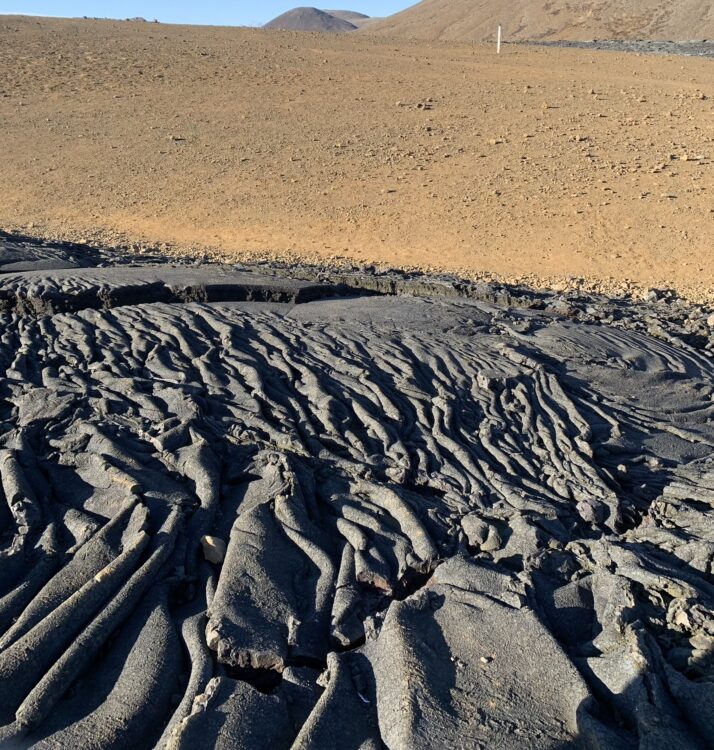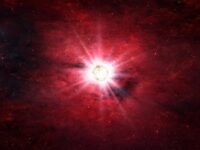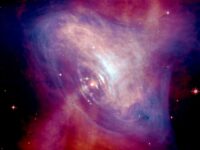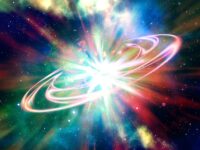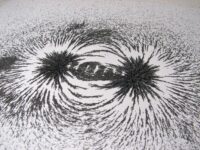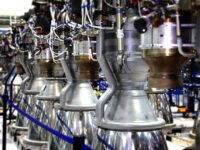Recently, a group of scientists at the Carnegie Institution for Science created an AI model that can detect traces of extraterrestrial life. By analyzing the chemical composition and structure of past and present life preserved in sediments in different planetary samples — from Mars meteorites to the earliest specimens of life on Earth — the program correctly identified if life was present 90% of the time.
Many scientists believe that the fundamental biomolecules that might make up extraterrestrial life may completely differ from Earth’s. That means alien life might not use DNA, amino acids, or other building blocks of life on Earth. The AI method instead searches for distributions of molecules that can arise only from the chemical processes needed to sustain life. All types of life generally produce greater quantities of a few functional compounds compared to systems without life, and understanding the demand for these compounds through AI is key to establishing life markers in samples.
In order to translate a sample into data the AI model could interpret, the scientists used measurements from pyrolysis — the process of heating organic samples — from a variety of terrestrial and extraterrestrial carbon-based materials, such as highly-degraded biological Earth samples. Next, the researchers arranged the samples with gas chromatography, which separates and quantifies individual molecular components in a mixture. The molecules were then transcribed into data using mass spectrometry — which helped detect the molecular composition. Finally, researchers passed this data to the AI model to conduct machine learning-based classification.
“The team reached a 90% accuracy in differentiation between living and nonliving systems from training the machine learning algorithm with 134 samples, 59 biotic and 75 abiotic.”
The team reached a 90% accuracy in differentiation between living and nonliving systems from training the machine learning algorithm with 134 samples, 59 biotic and 75 abiotic. Biotic, or living, samples were obtained from various organisms, like shells, teeth, bones, plants, and human hair, as well as ancient life preserved in fossilized fragments of coal and oil. Abiotic, or nonliving, samples included natural carbon-based meteorites or pure-synthetic chemicals, providing a baseline for molecular complexity. The AI could even distinguish abiotic samples of lab-created amino acids that are normally present in the biotic samples.
But how can scientists be sure a positive test is truly extraterrestrial life and not a random cosmological fluke? So-called “chemical rules of life” govern the creation of biomolecules and their prominence in biotic and abiotic systems. This novel usage of artificial intelligence in astrobiology research uses these universal rules.
The new technological integration can aid in finding fundamental differences in biochemistry between biotic and abiotic samples to determine signs of past life on Mars or ancient Earth. The methods can be used to study some of the oldest fossils on Earth, said to be in the Pilbara region of Australia, to resolve debate surrounding bacteria’s early presence in Earth’s history. Additionally, this revolutionary method could distinguish alternative biospheres from those of Earth, encouraging future astrobiology endeavors.
The future of AI systems in space exploration is expanding, with AI already embedded in smart sensors on spacecraft, landers, and rovers on the moon and Mars. By understanding the patterns of biochemical mechanisms of past and present life, AI can help detect potential biosignatures in extraterrestrial samples as scientists continue to extend their reach beyond the Earth.
